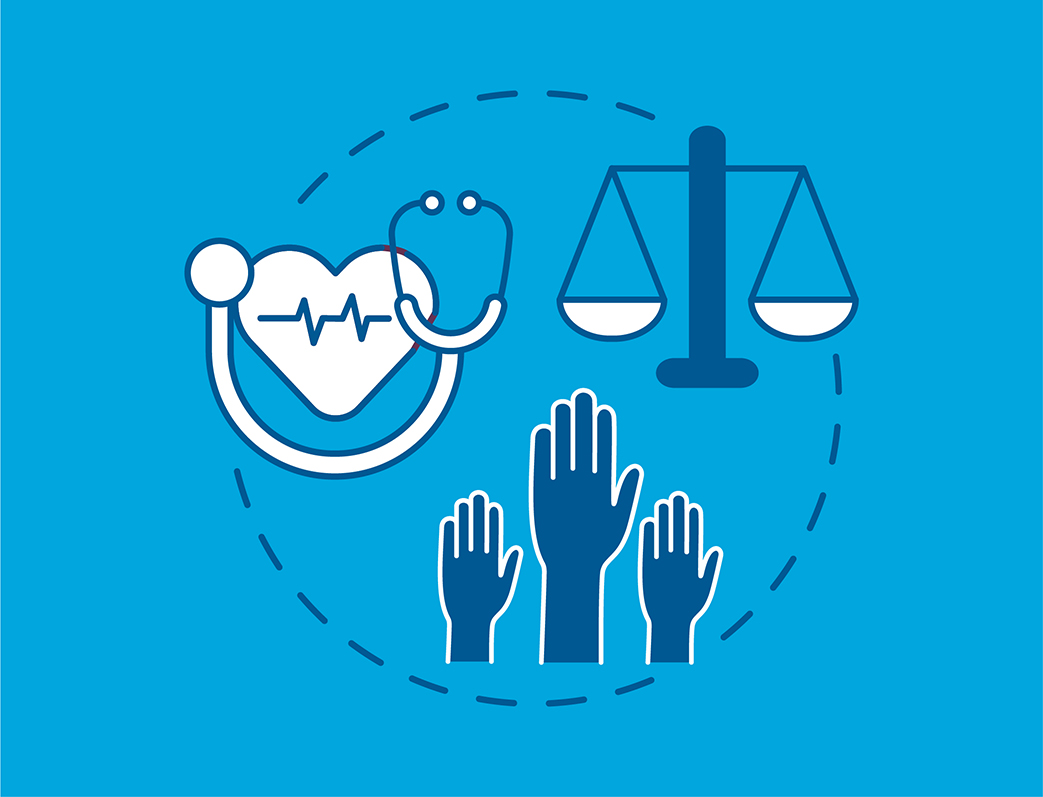-

How Life Science Organizations Can Optimize Patient Support Program Delivery
While life science companies are spending upwards of $5 billion on patient support programs each year, only 3% of patients are actually using these funds. Revenue Cycle Manager Beth shares some ideas for how life science companies can make the enrollment and fulfillment process as simple and straightforward as possible.
-

Leveraging Technology to Advance Health Equity
Technology offers a multitude of ways to help address the health disparity experienced by underserved populations. Nicole Chambers examines the role technology can play in health equity.
-

How AssistPoint® Is Empowering Healthcare Provider Organizations to Ensure Every Patient Is Worked Up for Financial Assistance
For many, being a financial counselor is more than a job—it’s a passion. Beth, previously a Financial Counselor and now a Revenue Cycle Manager, shares how AssistPoint empowers her team to take a proactive approach to financial assistance and work up every patient before they receive a bill they can’t pay.
-

How Annexus Health Is Championing Health Equity Through Financial Assistance and Patient Access Services
Health equity is a common goal within the healthcare space, with various stakeholders doing their part to help patients get the high-quality care they deserve. Nicole Chambers explores the topic and explains how Annexus Health is championing health equity through financial assistance and patient access services.
-

AssistPoint® Helps Provider Organizations Go the Extra Mile for Patients in Financial Need
Jessie (Kendrick) Olive, Patient Assistance Coordinator and Patient Account Representative Team Lead at Central Georgia Cancer Care, often finds that her patients are more worried about how to pay for care than about the diagnosis itself. But Jessie explains how AssistPoint® allows her to secure financial assistance for patients quickly and easily and shares a…
-

Provider Perspective: Making Patient Access Services More Accessible
How can life science organizations improve utilization of their patient access services? A survey of the Annexus Health provider network offers insights into this question. Brett Olson discusses the survey results and the challenges provider organizations face in seeking and securing financial assistance and other access services for their patients.
-

Easing the Burden Around Securing Patient Assistance
Joe Baffone, Co-Founder and CEO at Annexus Health, connects with Brian Ansay, President, Specialty Physician GPOs at ION Solutions, for a conversation on easing the burden around securing patient assistance and financial relief, and how that impacts a patient’s ability to get on and stay on the appropriate therapy.
-

Financial Toxicity: For Cancer Survivors, It’s Personal
Gia Seymour, a cancer survivor, reflects on her own experiences dealing with the costs of cancer care and shares the stories of other survivors whose lives have been impacted by financial toxicity.
-

Improving Access to Life Science Patient Support Programs at the Provider Level
The COVID-19 pandemic has exacerbated an already significant problem in the United States: financial toxicity among cancer patients—and their providers. Now more than ever, it is imperative that patients be connected with available financial assistance. Tim Koenig, VP of Marketing at Annexus Health, takes a closer look at this problem and explains how life science…
Big ideas to fuel smart solutions
From technological innovations to regulatory shifts to the real-world challenges facing providers and patients, Annexus Health has a finger on the pulse of the dynamic healthcare industry.











